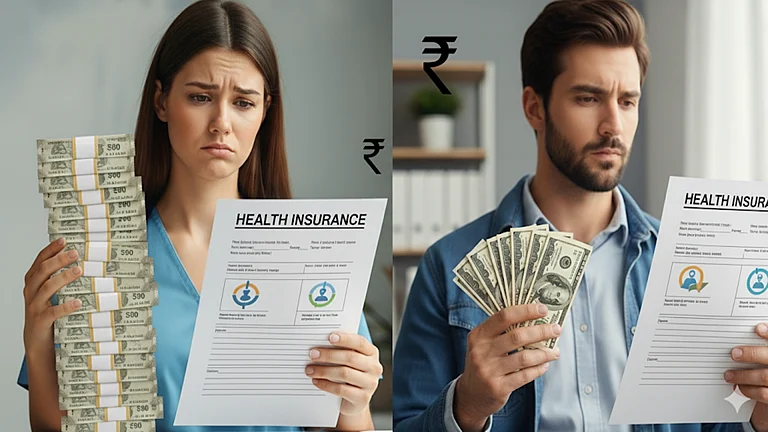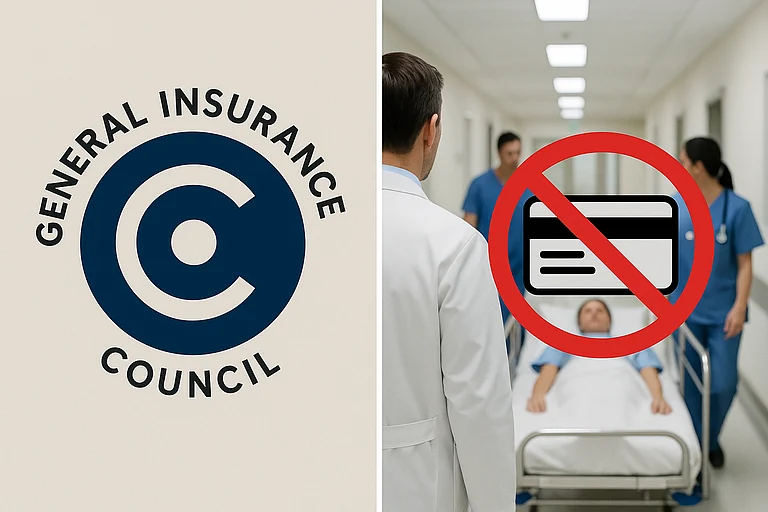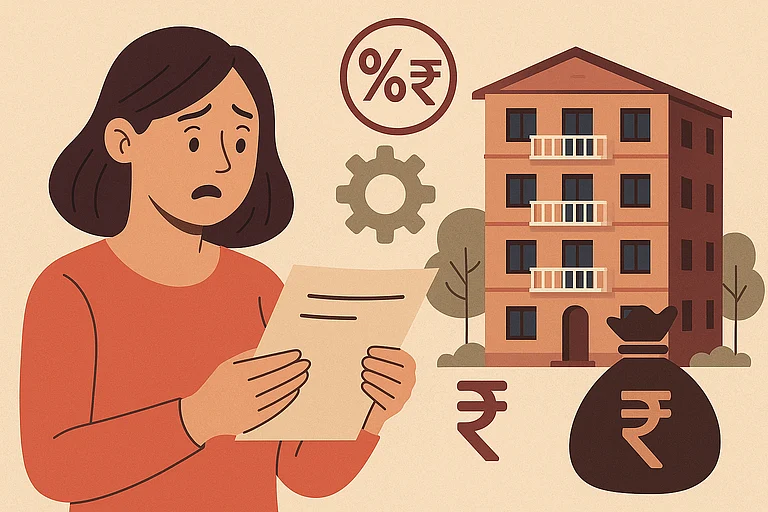
Summary of this article
Every time insurance premiums rise or GST Council meeting is around the corner, the 18 per cent Goods and Services Tax (GST) attached to them comes back into discussion.
For policyholders, it often feels like a double burden, first paying higher base premiums, then an additional tax that makes essential covers such as term and health insurance even more expensive. This has led to repeated calls for a GST exemption on insurance premiums.
But while the idea of “no GST” sounds attractive, the reality is more complex.
For some years now, insurance industry experts have debated whether Goods and Services Tax (GST) on premiums should be scrapped altogether or brought down to a more reasonable level. With the GST Council meeting expected to take place in the first week of September, the discussions regarding full or partial GST waiver on insurance products are back again.
Currently, GST is charged at 18 per cent on both term and health insurance, because of which premiums have become costlier for customers, and many end up either reducing their cover or skipping insurance altogether. But will a full exemption really make premiums cheaper? Experts warn it may not be that simple.
Why an Exemption Doesn’t Mean Zero Pain
On the surface, removing GST seems straightforward: a policyholder paying Rs 23,600 today for a health plan could save nearly a fifth of that cost. But insurers warn the math doesn’t work that way.
“Customers won’t get a full 18 per cent price cut,” says Avigyan Mitra, health insurance and investment advisor. “I expect a health cover that costs Rs 23,600 today to come down to around Rs 21,000 to Rs 21,500 if GST is scrapped. That’s about 10 to 15 per cent cheaper, not the full 18 per cent. In term insurance, the savings would be smaller, closer to 8-12 per cent.”
The reason lies in the input tax credit (ITC). Insurers currently offset the GST they pay on expenses such as agent commissions, administration, and marketing against the GST they collect from customers. If premiums are exempt, they lose that credit, and those costs get added back into the base premium.
“Insurers pay GST on various services they procure. Today, they can claim credit for it, which reduces their net costs,” explains Karthik Mani, Partner, Indirect Tax at BDO India. “If premiums are exempted, this credit goes away, operating costs rise, and insurers are likely to pass that on to customers.”
Mani adds, “In case of policies already sold, the benefit of exemption would be available on the renewal premium, as and when it becomes due after the coming into force of the exemption.”
The Case for Rationalisation
This is why many believe rationalisation, rather than exemption, is a better route. Cutting the GST rate to 12 per cent or even 5 per cent would still reduce premiums, while allowing insurers to retain ITC.
Mitra notes that insurers’ expenses can go up to 35 per cent of gross premium, with commissions alone forming about 20 per cent. “With 18 per cent GST on those costs, insurers usually get 5 to 6 per cent of the premium back as input credits. If GST is reduced and not exempted, they can still claim those credits, which means less upward pressure on base premiums,” he says.
However, he cautions that GST relief alone will not guarantee stable pricing. “Even if this happens, you never know. Insurers may still cite medical inflation and hike premiums. Eventually, the customer ends up paying more, one way or the other.”
Adds Yogesh Agarwal, CEO and Founder, Onsurity, "While full exemption is a powerful lever for affordability, the industry should also plan for structural issues that could arise, specifically, input tax credit blockage for insurers, which might raise operational costs in the long run."
Selective Exemptions on the Table
Another possibility is a partial exemption, removing GST only on specific categories like term or health insurance. “We understand the proposal is not for a blanket exemption, but only for term and health products,” says Mani. “Some government-backed schemes, such as the Pradhan Mantri Jeevan Jyoti Bima Yojana, are already exempt. Extending this selectively may improve affordability, though it complicates credit calculations for insurers.”
For instance, IVF treatment falls under healthcare services, which are exempt from GST. Says Dr Manika Khanna, Promoter and Managing Director, Gaudium IVF and Women Health Limited, “Fertility clinics incur significant GST costs on inputs such as medical consumables, lab equipment, medicines, marketing, and other support services. Since no input tax credit can be claimed against exempt healthcare services, these GST costs get absorbed into our operating expenses."
Khanna notes that if the proposed GST reform reduces tax slabs, for example, 12 per cent items moving to 5 per cent and 28 per cent to 18 per cent, it will directly reduce the input tax burden on clinics and would translate into better operating margins.”
The impact could vary across the sector. Larger insurers may be better placed to absorb the complexities, while smaller players with higher cost ratios could face more strain.
What Policyholders Should Expect
Agarwal notes that if the goal is truly sustainable affordability, policymakers could consider GST rationalisation, reducing the rate, alongside or as an alternative to outright exemption.
"This approach might balance the need for lower out-of-pocket expenses with the stability insurers need to serve customers better. Ultimately, any move that puts comprehensive protection within reach for India’s underserved and uninsured population is a step forward, and GST reform is a critical enabler on that path.”
For customers, the bottom line is that a full GST exemption will not automatically translate into a dramatic fall in premiums. The likely benefit is a modest 8 to 15 per cent cut, depending on the product. Rationalisation to a lower rate may prove more sustainable, offering both affordability for policyholders and operational viability for insurers.


















